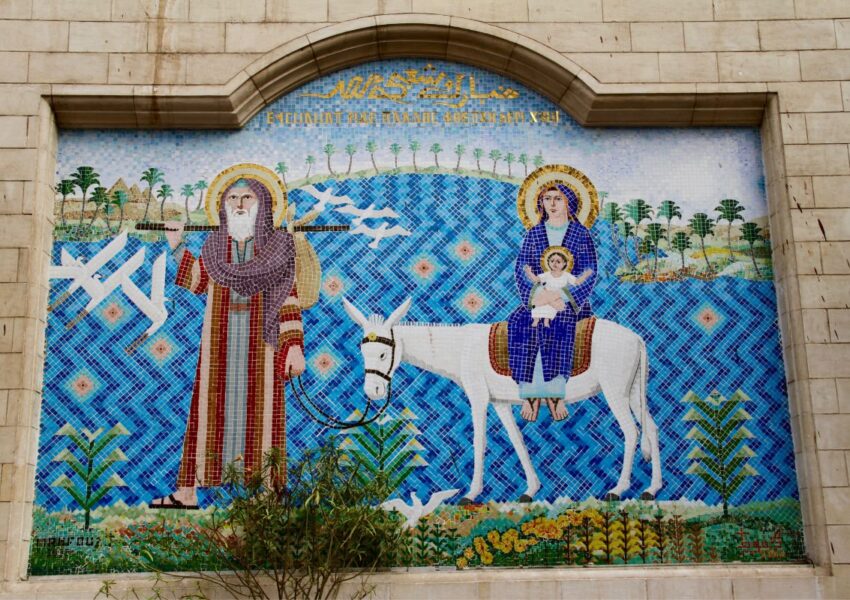Exploring Coptic Cairo is like stepping into a page from history where every corner, every stone, and every…
No other nation in the world says ‘Welcome’ as often as the Egyptians, and every time, they mean it. While the ancient civilization of Egypt continues to amaze, contemporary Egyptians are equally remarkable.





